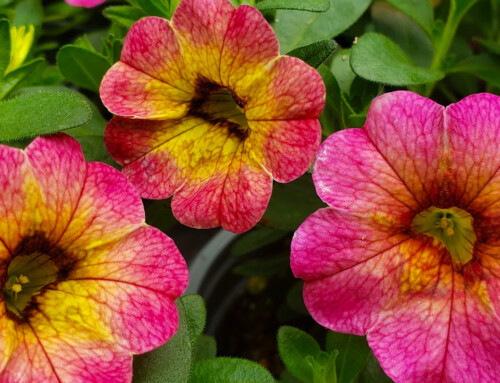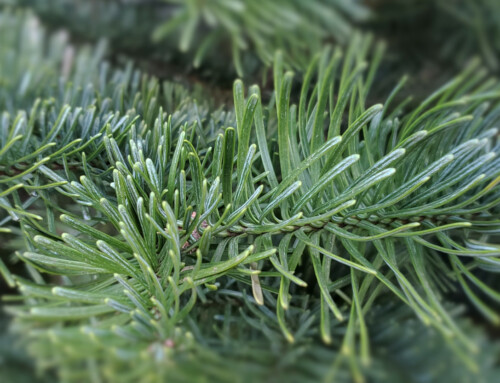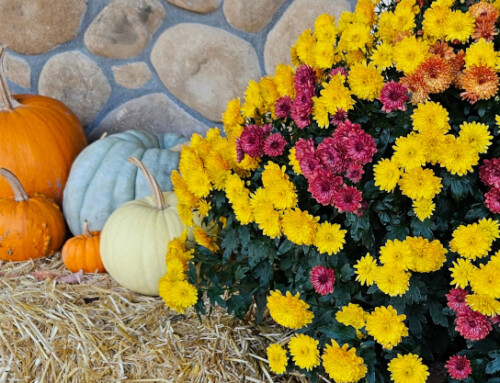So what happened to that winter we were supposed to get? All reports last fall indicated a cold, snowy season ahead. Sure, we’ve had our share of wet weather, but thus far, it seems like we’re the only part of the country that hasn’t been cold.
With the mild weather, you’ve probably noticed your spring bulbs popping up, some of your perennials sprouting—and have you taken a look at your roses? Chances are, they’re starting to bud out, and if they haven’t yet, they will soon! So, it’s time for that always-daunting task: spring pruning.
Roses are beautiful shrubs—no other flower can quite match their prestige or classic beauty. But they can also scare many people, and that might include you. I’ve written in the past about rose care made easy with today’s liquid—and now granular—all-in-one formulas that take care of feeding, insect and disease control in one application. This time of year, however, pruning should be your top priority, so grab a pruner and get started!
First, take a look at the shape of your rose bush. In an ideal world, it would be nicely symmetrical with equally sturdy branches (called canes) growing outward in each direction. Like I said, that would be ideal—your shrubs may be somewhat lopsided or have only one or two very strong canes…and they might all point in the same direction. No problem—you can correct that!
Selecting three to five of the strongest, most evenly spaced canes, either mentally or physically tag them as keepers. Keep in mind that roses like to have good air circulation around and through the shrub, so pick canes that face outward from the center of the plant. If you don’t have at least three sturdy, vigorous canes, pick those that are the most evenly spaced from each other and are free of scars and winter damage (identifiable by blackened bark). With proper care and patience, they’ll fill out into strong canes, too. Now, here’s the most frightening part of the job: chop out everything else.
That’s right—get pruning! With a sharp pruner, cut each of the non-essential canes down all the way to the ground or half an inch above the knobby point where all the branches meet (called the graft or bud union). Depending on what type of roses you have, your plants may or may not have a graft.
As for the three to five canes you’ve chosen to leave? They will need to be pruned, too. First, though, take a look at how the buds are situated on the stems. At about a foot (between 8 and 16 inches) above ground, find buds that face away from the plant—remember the part about keeping good air circulation? Approximately one half inch above the buds, prune the canes at a 45-degree angle pointing down and away from the buds. This will keep water from collecting on the wound and causing rot or other problems.
Finally, check your pulse. Is your heart beating up in your throat? That’s to be expected—it can be scary to chop down so much of the shrub. Ultimately, though, a hard pruning in late winter before the plant leafs out does little to hurt a rose and can actually invigorate it to grow stronger and healthier than it would have otherwise.
Still have questions? At Vander Giessen Nursery and at any of the independent nurseries around the county, you’re sure to find an expert who can offer advice for how best to prune and care for your roses. Now, muster some confidence, grab a pruner and get to work!







Leave A Comment